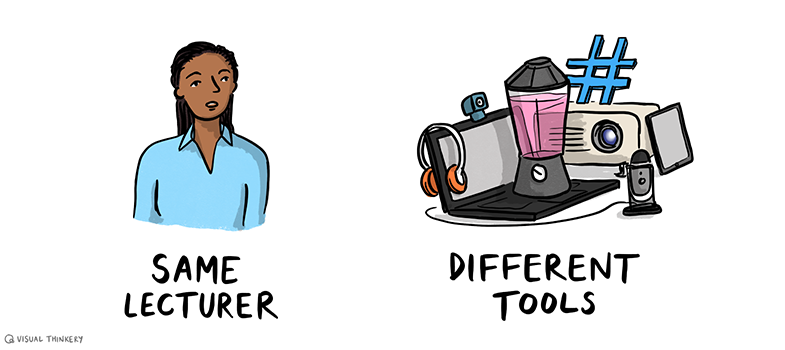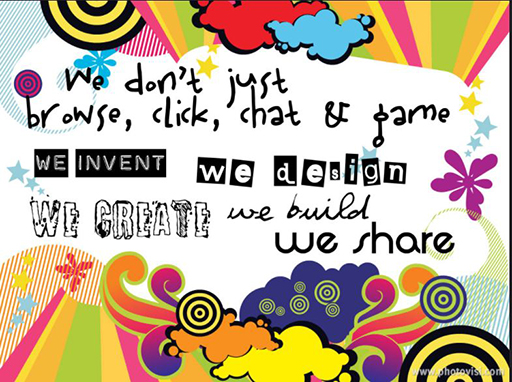2 Blended learning
Sometimes learning and teaching do not take place entirely online or entirely face to face. ‘Blended learning’ refers to a course that includes both online and face-to-face elements.
A blended approach can bring together three core elements:
- classroom-based activities with the teacher present;
- online learning materials;
- independent study using materials provided by the teacher.
This blend of activities means that educators also have a blended role, adding a ‘facilitator’ element to their work as they organise and direct group activities, both online and offline.
Blended learning can make use of the main advantages of synchronous learning:
- teacher presence;
- immediate feedback;
- peer interaction.
It can combine these with the main advantages of asynchronous learning:
- independence;
- flexibility;
- self-pacing.
It can also help to avoid the possible issues of asynchronous learning, such as learner isolation and difficulty with motivation, as well as the possible issues of face-to-face learning, such as lack of flexibility and the need to work at the same pace as others.
1.6 Developing skills and confidence







